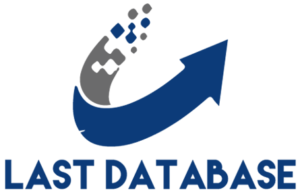Outsmarting the Scammers
In 2025, the digital landscape is a double-edged sword for businesses. While it offers unprecedented opportunities for lead generation, it also presents australia phone number list a fertile ground for sophisticated fraudsters. For companies specializing in fraud detection, prevention, and cybersecurity solutions, the challenge isn’t just about finding potential clients; it’s about connecting with organizations and individuals who are acutely aware of the escalating threat, actively seeking solutions, and ready to invest in safeguarding their assets.
This blog will delve into the critical, yet often sensitive, art of B2C and B2B lead generation for fraud prevention solutions in 2025. We’ll explore how to identify vulnerable targets, craft compelling messaging that resonates with their pain points, and leverage advanced data from sources like “Latest Mailing Database” to ensure your outreach is precise, compliant, and ultimately, converts concern into concrete protective measures.
The Evolving Fraud Landscape: Outsmarting the Scammers Why Leads are Ripe for the Picking
The demand for fraud prevention solutions is surging in 2025 due to several interconnected trends.
Digital Transformation: Outsmarting the Scammers
As more businesses and consumer interactions move online (e-commerce, digital banking, remote work), the attack surface for fraud expands dramatically.
Regulatory Pressure: Stricter data privacy laws (GDPR, CCPA, etc.) and industry-specific regulations (e.g., in finance, healthcare) are imposing. Therefore, heavier fines for breaches and inadequate security, pushing companies to invest more in prevention.
Supply Chain Vulnerabilities: Fraudsters are increasingly targeting. Therefore, complex supply chains, leading to business email compromise (BEC) and invoice fraud.
Identity Theft & Account Takeover (ATO): These remain this data can be used to monitor pervasive threats, affecting both individuals and businesse.
Cryptocurrency & NFT Scams: The growing spam data adoption of digital assets creates new avenues for fraud and requires specialized protection.






